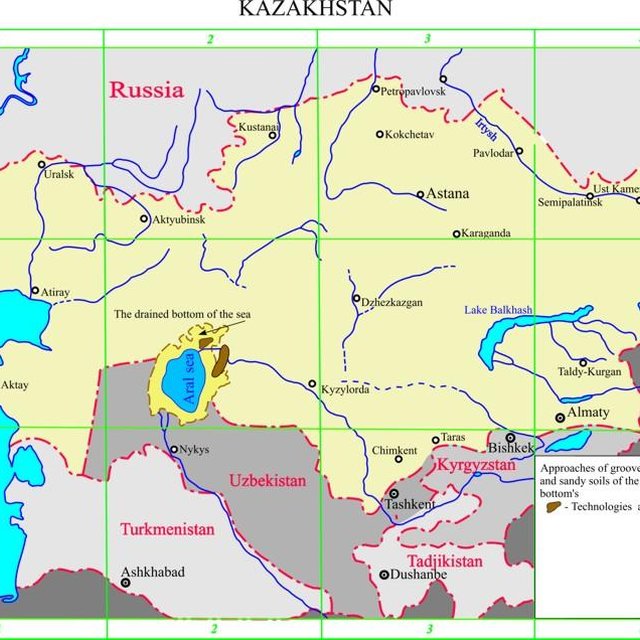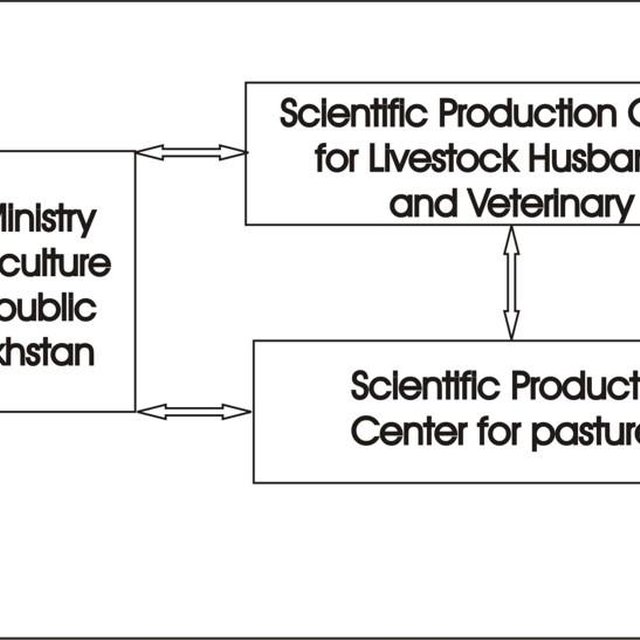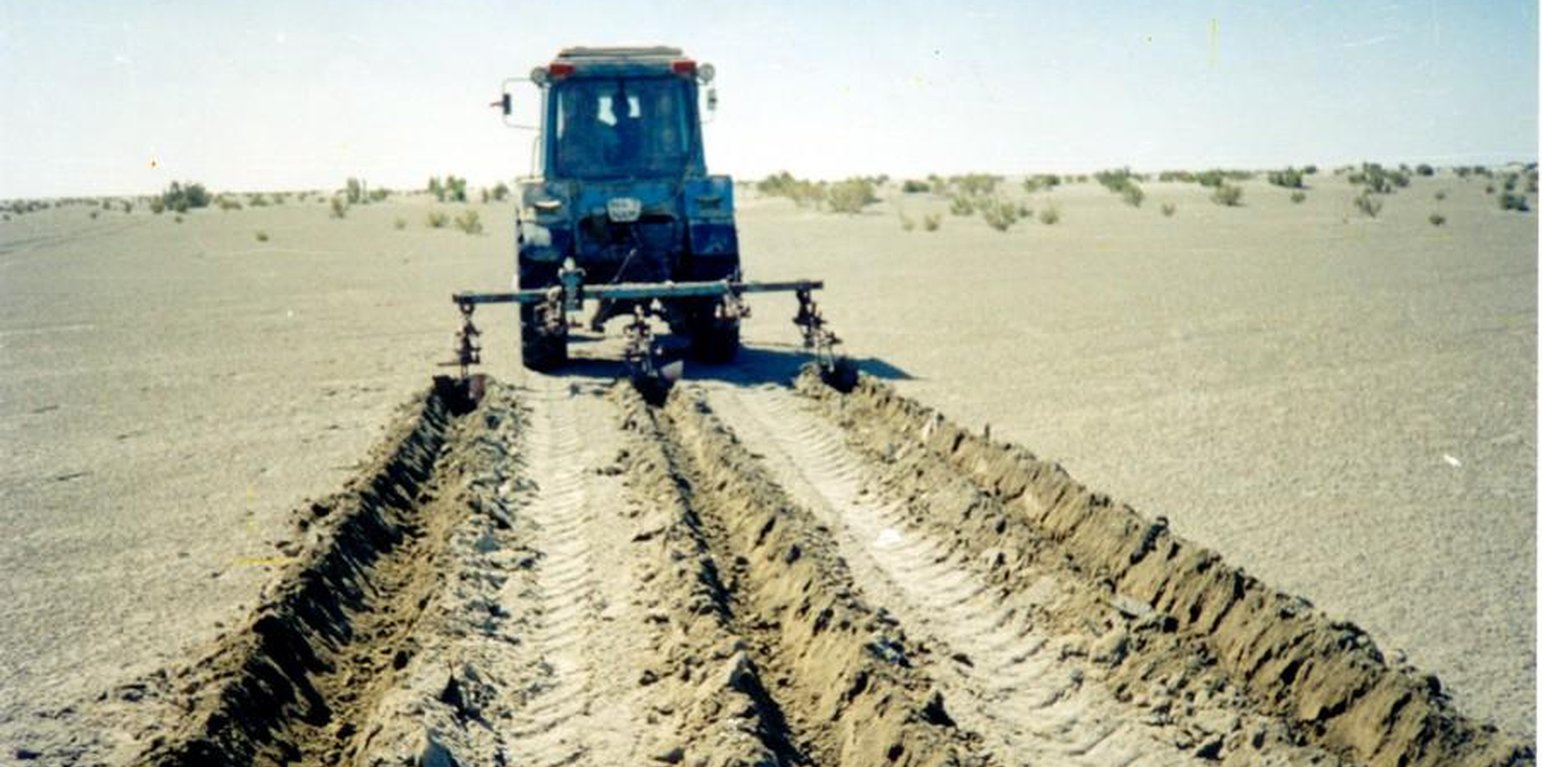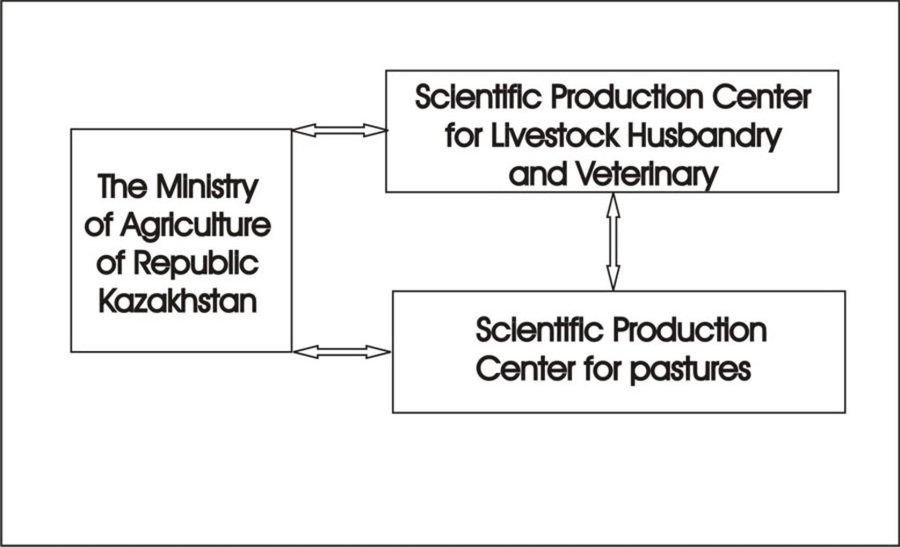The approach of groove fastening sandy loam and sandy soils of the Aral sea's drained bottom
(Kazakhstan)
Description
The approach of groove fastening sandy-loam and sandy soils of the Aral sea's drained bottom
Aims / objectives: In Kyzylorda region, the area of the new heath land formed in results of drying of the Aral sea that makes more than 23000 km.sq. approximately half from wich sandy and sandy-loam soils on structure from these surfaces it is taken out a huge dust and salt masses to the nearest and remote territories what pollute the invironment and cause harm to health and an agriculture.
Methods: For prevention to deflation of light soils on wich separately worth trees and saxaul grow were cut sandy-accumulated grooves wich bacic direction was accepted with perpendicular prevailing winds. At grooves cutting it was used a cultivator with earthing working bodies (constr. -2,8PM) in the unit with a tractor (MT-80(82). The distance between grooves made 140 cent. It is width on top 30 cent in a bottom 15 cent depth 13 cent and height 10 cent. The term of groovers installation are July-August as by time of saxaul seed subsidence in them will be postponed the freshened sand which will serve in the beginning as a box and then as a mulching material for seeds from postponed in grooves seeds there is a self-sowing saxaul which quality per 1 ha in the first year makes up to 2500 pieces. The next years it is occurrence in grooves proceeds. Thus goes overgrowing with saxaul and other plants on the surface of sandy-loam and sandy soils, what prevents the deflationary processes. The applied approach allows to create bank of seed fund 'in-suty', with subsequent use of seedling for struggle against deflation.
Location
![]()
Location: Kyzylordinscya area, Kazakhstan
Geo-reference of selected sites
Initiation date: 2001
Year of termination: 2005
Type of Approach
-
traditional/ indigenous
-
recent local initiative/ innovative
-
project/ programme based

.

.
Approach aims and enabling environment
Main aims / objectives of the approach
The Approach focused on SLM only (Struggle against deflation, drifts by sands of settlements, roads)
The basic objective of the approach - is the fastening of a surface deflation on the light soils.
The SLM Approach addressed the following problems: The given approach is directed. 1) On fastening light soils of Aral sea's drained bottom as they are subject to deflation. 2) On the decision of environmental problems of region
Conditions enabling the implementation of the Technology/ ies applied under the Approach
-
Legal framework (land tenure, land and water use rights): did not help and did not hinder.
Conditions hindering the implementation of the Technology/ ies applied under the Approach
-
Availability/ access to financial resources and services: Lack of financing did not allow to think of fastening the blown grounds
Treatment through the SLM Approach: Significant reduction of cost of unit of the fixed area
-
Knowledge about SLM, access to technical support: Small park of tractors and forest-facilited mashines
Treatment through the SLM Approach: Processing of soil by one kind of a cultivation
Participation and roles of stakeholders involved
Stakeholders involved in the Approach and their roles
| What stakeholders / implementing bodies were involved in the Approach? |
Specify stakeholders |
Describe roles of stakeholders |
| local land users/ local communities |
|
Working land users were mainly men. The tractor operator who has been involved at soil processing had no a permanent job. |
| NGO |
SPC for forest facility |
|
Lead agency
The given approach was developed by employees of laborotory 'Aral' SPC for forest facility
Involvement of local land users/ local communities in the different phases of the Approach
none
passive
external support
interactive
self-mobilization
implementation
casual labour; For soil processing the tractor operator has been employed
Decision-making on the selection of SLM Technology
Decisions were taken by
-
land users alone (self-initiative)
-
mainly land users, supported by SLM specialists
-
all relevant actors, as part of a participatory approach
-
mainly SLM specialists, following consultation with land users
-
SLM specialists alone
-
politicians/ leaders
Decisions were made based on
-
evaluation of well-documented SLM knowledge (evidence-based decision-making)
-
research findings
-
personal experience and opinions (undocumented)
Technical support, capacity building, and knowledge management
The following activities or services have been part of the approach
-
Capacity building/ training
-
Advisory service
-
Institution strengthening (organizational development)
-
Monitoring and evaluation
-
Research
Capacity building/ training
Training was provided to the following stakeholders
-
land users
-
field staff/ advisers
-
Mainly for SWC specialists, partly for planners
Form of training
-
on-the-job
-
farmer-to-farmer
-
demonstration areas
-
public meetings
-
courses
Subjects covered
There were carried out the studies with land users on essence of the approach and it demonstration through realization
Monitoring and evaluation
bio-physical aspects were regular monitored through observations
There were None changes in the Approach as a result of monitoring and evaluation: There were no changes in the approach. The results of realization of the approach are satisfactory, provede high percent of sprouting seeds (up to 60%) and its acclimatization. (up to 50%).
Research
Research treated the following topics
-
sociology
-
economics / marketing
-
ecology
-
technology
The approach was offered after carrying out of research works
Research was carried out on station
Financing and external material support
Annual budget in USD for the SLM component
-
< 2,000
-
2,000-10,000
-
10,000-100,000
-
100,000-1,000,000
-
> 1,000,000
Precise annual budget: n.a.
Approach costs were met by the following donors: other (SPC for forest facility): 100.0%
The following services or incentives have been provided to land users
-
Financial/ material support provided to land users
-
Subsidies for specific inputs
-
Credit
-
Other incentives or instruments
Impact analysis and concluding statements
Impacts of the Approach
No
Yes, little
Yes, moderately
Yes, greatly
Did the Approach help land users to implement and maintain SLM Technologies?
The given approach is accepted as antideflationary means.
Did the Approach improve issues of land tenure/ user rights that hindered implementation of SLM Technologies?
The land use rights did not hinder SWC activities
such problems did not raise
Did other land users / projects adopt the Approach?
Main motivation of land users to implement SLM
Sustainability of Approach activities
Can the land users sustain what hat been implemented through the Approach (without external support)?
Conclusions and lessons learnt
Strengths: land user's view
-
There are new sites for grazing of the domestic animals (How to sustain/ enhance this strength: To expand the areas of use of the approach)
-
Appear the saxaul woods where it is possible to prepare fuel (How to sustain/ enhance this strength: The same)
-
Improves ecological conditions in region
Strengths: compiler’s or other key resource person’s view
-
The deflation of the light soils stops (How to sustain/ enhance this strength: To expand the areas of use of the approach)
-
Raises the amount of forests territories (How to sustain/ enhance this strength: The same)
-
The grassy vegetation is condensed
-
It is improves agromeliorative properties of the grounds (How to sustain/ enhance this strength: To continue and expand application of the approach)
Weaknesses/ disadvantages/ risks: land user's viewhow to overcome
-
The certain contribution of physical work is reqvired
The material help to local communities
Weaknesses/ disadvantages/ risks: compiler’s or other key resource person’s viewhow to overcome
-
Low consciousness of local population
Ecological education and formation
References
Date of documentation: Jan. 20, 2009
Last update: Julie 17, 2017
Resource persons
-
Vladimir Kaverin (kafri@mail.lz) - SLM specialist
Full description in the WOCAT database
Documentation was faciliated by
Institution
- SPC of Forest Facility (SPC of Forest Facility) - Kazakhstan
Project
Key references
-
To develop methods of assistance to natural renewal of a saxaul on the grounads of a naked bootom of Aral sea (the manuscript) 2003 y. The author Kaverin V.: In funds of SPC for forest facility






